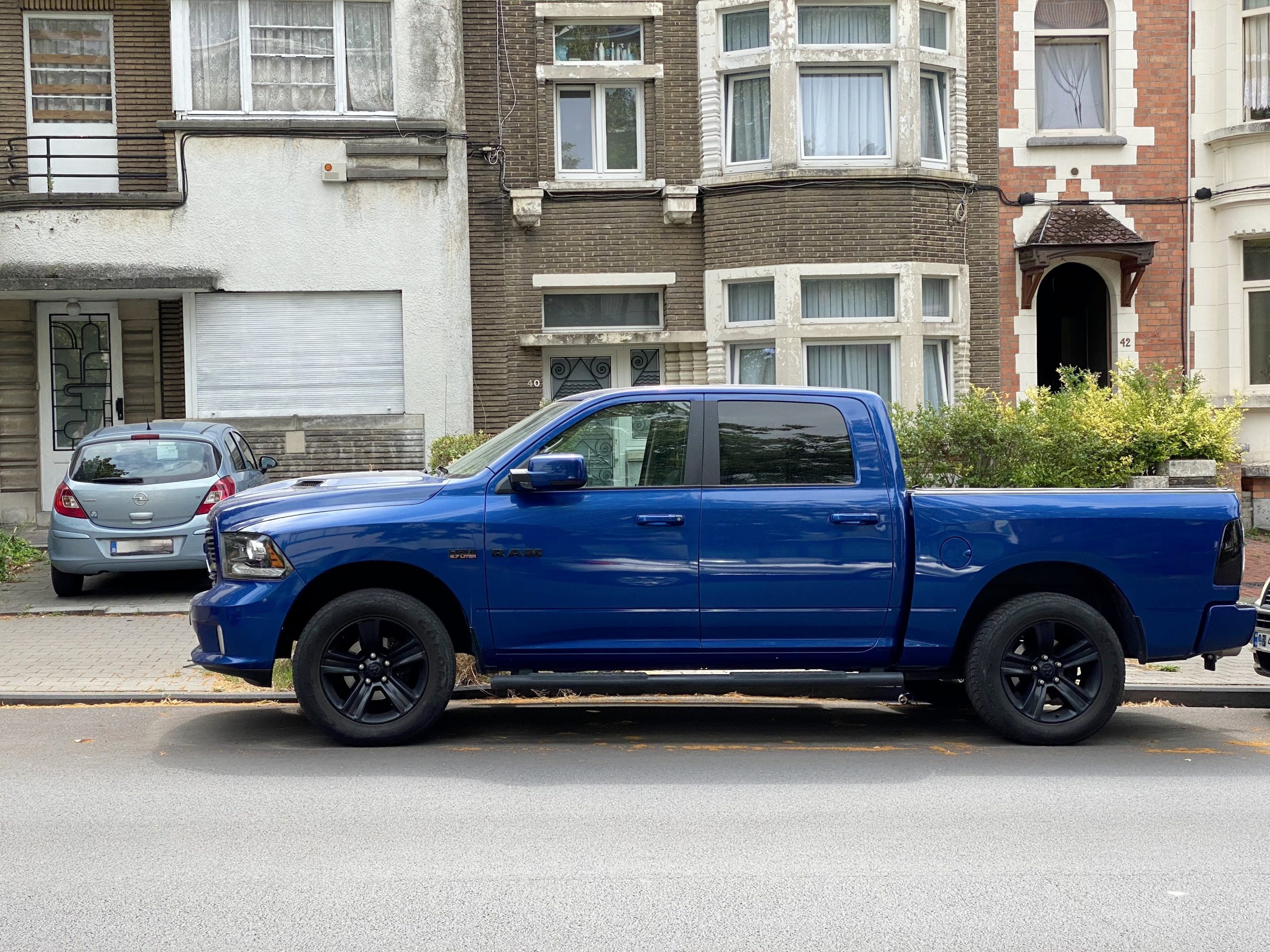In September the world’s first democratically backed floating e-scooter ban came into force in Paris. Malta has also just banned e-scooter rentals.
E-scooters can be a nuisance. So it is only fair that they are regulated with mandatory safety features and maximum speeds. Yet, if space and safety are the issue, micromobility is not cities’ biggest problem. Anne Hidalgo, the mayor of Paris, has understood this, and has announced a referendum about SUVs.
The average size of cars has ballooned in recent years. SUVs play a big role in that not but they’re not all created equal. There’s a clear distinction between Renault Captur style elevated versions of hatchbacks like the Clio; and monster SUVs like BMW’s X5 – 7, the Mercedes GL series or American-style pickup trucks. Data shows that some SUV types can be two to three times as deadly as normal sized cars. For example, children are not visible directly in front of a Dodge Ram pickup.
The difference in width between giant SUVs like the BMW X5 – 7 and a VW Golf has grown to 20 cm. As the trend to large SUVs continues, the average width of a new car grows half a centimetre each year. Given that our roads and parking spaces aren’t growing, the space left for cyclists and pedestrians, or normal cars, is shrinking. Meanwhile 6,500 pedestrians and cyclists are killed on European roads every year.
Premium brands are locked in an arms race to build ever bigger vehicles. Premium cars are trendsetters. We used to joke about “Chelsea tractors”. What used to be an excess is now becoming the norm.
Pickup trucks are a good example. This writer used to think of pickups as a purely American thing but that’s no longer true. As we helped uncover, thousands of American pick-up trucks are now imported into Europe despite not meeting Europe’s safety, air pollution or CO2 standards. In places like my native Belgium, US monster trucks use tax breaks for vans and LPG retrofits to escape taxes. As a result, in 2021, there were about 65,000 pickup trucks in Belgium, much more than the 40,000 electric cars on the road in that year.

Dodge Ram pick up truck in Antwerp. Photograph: The European Transport Safety Council (ETSC)
What’s to be done?
First, we need to be clear about what’s a real problem, and what’s not. We don’t need a culture war over elevated hatchbacks. Pick up trucks and monster SUVs are the problem and we need a public debate about those 3-4% biggest cars, the space they claim and the danger they pose.
Second, we shouldn’t be too moralistic about some car buyer’s preferences. It’s a matter of product safety. Do we allow carmakers to place ever bigger, more dangerous vehicles on our roads? Right now the limits to car width are the same that apply to heavy trucks. That’s crazy. What we need is a cap on the size, and more specifically the width of cars.
The EU could do this with one stroke of the pen and as we speak members of the EU parliament are submitting amendments calling on the European Commission to review and cap the maximum width of light duty vehicles.
Third, local regulators have a vital role to play. Parking charges could be varied according to width or size – which could be easier to enforce than mass. Vehicles exceeding normal car park space could be required to park in special zones, either bigger, more pricey spots, or car parks outside the city centre.
Anne Hidalgo, the mayor of Paris, has just fired a shot across the auto industry’s bow. The Paris referendum could play a key role in ending the arms race on car size. Hidalgo should seek a mandate that gives Paris the flexibility to vary parking charges not just by weight but also by size. Paris can help send a first signal to the European auto industry about what is acceptable, and what is not. The EU should play its part. In the case of giant SUVs, it really is a matter of life and death.


